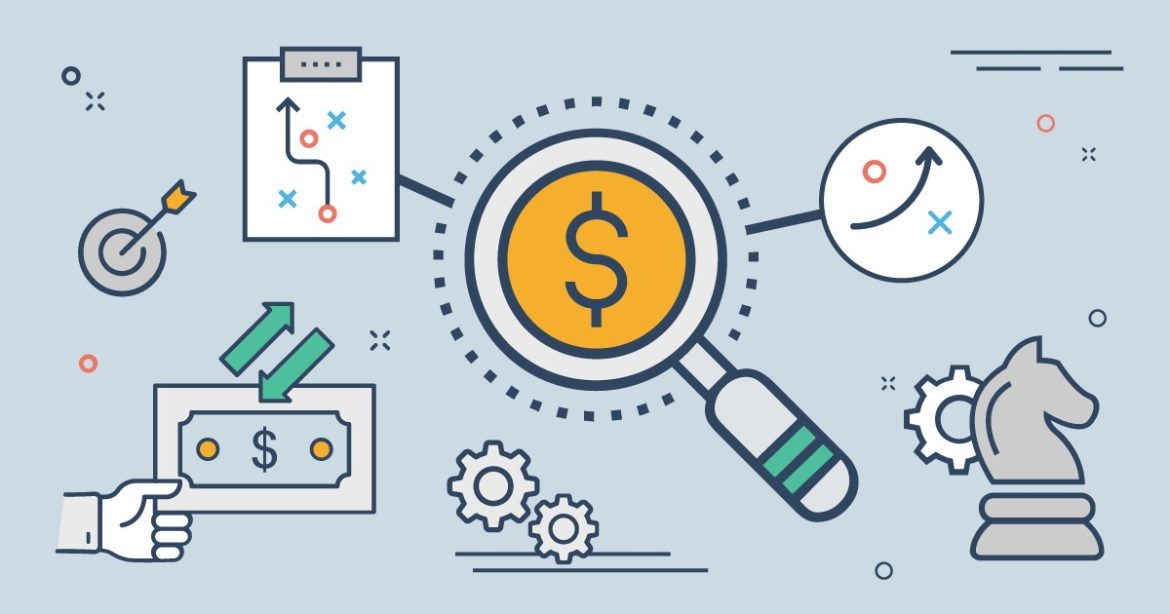Introduction
Dynamic pricing optimization has become increasingly critical for businesses operating in competitive and rapidly changing markets. By adjusting prices in response to real-time demand, competitor pricing, and other contextual factors, companies can maximize revenue and profitability. Reinforcement learning (RL) offers a powerful approach to dynamic pricing optimization, enabling businesses to learn and adapt pricing strategies based on feedback from the market. In this article, we explore the application of RL techniques for dynamic pricing optimization and examine their benefits and challenges.
Understanding Reinforcement Learning
Reinforcement learning is a machine learning paradigm inspired by behavioral psychology, where agents learn to make sequential decisions by interacting with an environment to maximize cumulative rewards. In the context of dynamic pricing optimization, the business acts as the agent, adjusting prices based on market conditions, while the environment represents the market dynamics and customer behavior. Through trial and error, the agent learns optimal pricing policies that maximize long-term revenue or other defined objectives.
Benefits of Reinforcement Learning for Dynamic Pricing
One of the key advantages of RL for dynamic pricing optimization is its ability to adapt to changing market conditions and learn complex pricing strategies. Traditional pricing optimization approaches often rely on static models or simple heuristics, which may fail to capture the dynamics of real-world markets. RL, on the other hand, can continuously learn and refine pricing policies based on feedback from the environment, allowing businesses to stay competitive and responsive to customer demand.
Another benefit of RL is its ability to account for uncertainty and stochasticity in the pricing environment. Markets are inherently uncertain, with factors such as competitor actions, seasonal trends, and customer preferences influencing pricing decisions. RL algorithms can learn robust pricing policies that balance exploration (trying new pricing strategies) and exploitation (leveraging known successful strategies) to navigate this uncertainty and maximize long-term rewards.
Challenges and Considerations
Despite its promise, applying RL to dynamic pricing optimization poses several challenges. One challenge is the complexity of modeling the pricing environment and defining appropriate reward functions. Designing a reward function that accurately captures the business’s objectives while incentivizing desirable pricing behaviors can be non-trivial and may require domain expertise and experimentation.
Another challenge is the computational complexity of training RL algorithms in real-time. Dynamic pricing environments generate vast amounts of data, requiring efficient algorithms and infrastructure for training and inference. Additionally, RL algorithms may require extensive exploration of the pricing space, leading to increased experimentation costs and potential revenue loss during the learning phase.
Applications and Case Studies
Despite these challenges, RL has been successfully applied to dynamic pricing optimization across various industries. For example, e-commerce platforms use RL to adjust prices for products based on factors such as demand, inventory levels, and competitor pricing. Ride-sharing companies leverage RL to optimize pricing algorithms for maximizing driver earnings while balancing supply and demand dynamics.
In the airline industry, airlines use RL to dynamically adjust ticket prices based on factors such as seat availability, booking trends, and competitor pricing. Similarly, hotels and rental companies employ RL to optimize pricing strategies for maximizing occupancy rates and revenue per available room.
Conclusion
Reinforcement learning offers a powerful approach to dynamic pricing optimization, enabling businesses to adapt and learn optimal pricing strategies in complex and uncertain environments. By leveraging RL algorithms, businesses can maximize revenue, balance supply and demand dynamics, and stay competitive in rapidly changing markets. While challenges such as defining reward functions and computational complexity remain, ongoing advancements in RL research and technology are making dynamic pricing optimization more accessible and effective for businesses across various industries. As businesses continue to embrace data-driven decision-making, RL is poised to play an increasingly integral role in shaping pricing strategies and driving business success.

